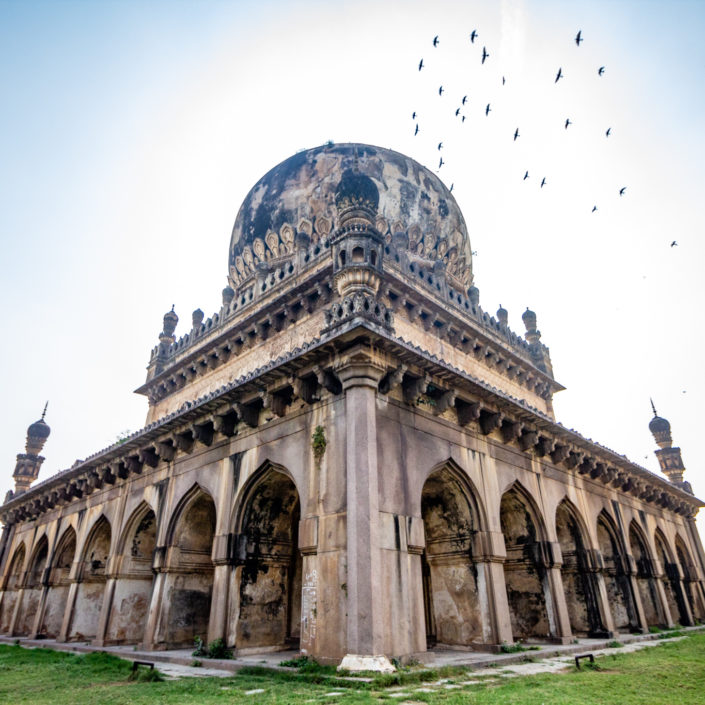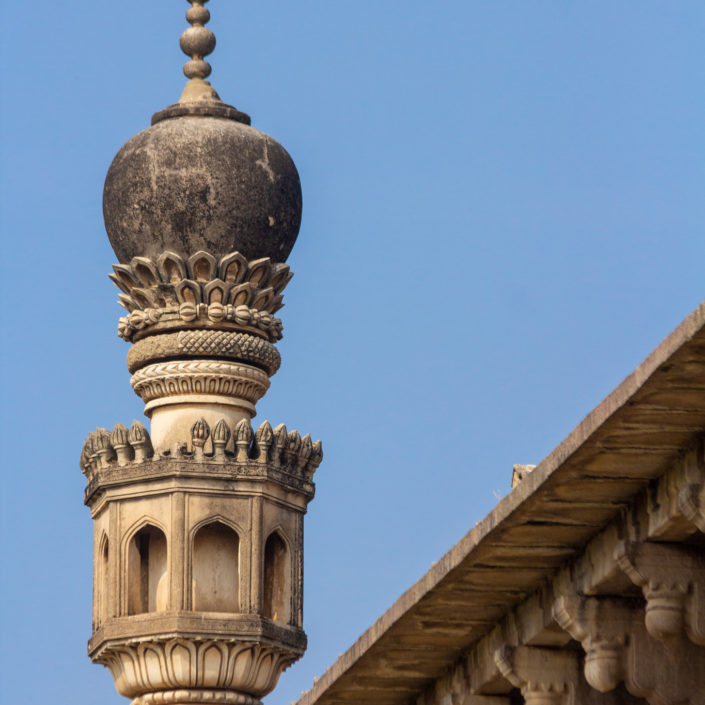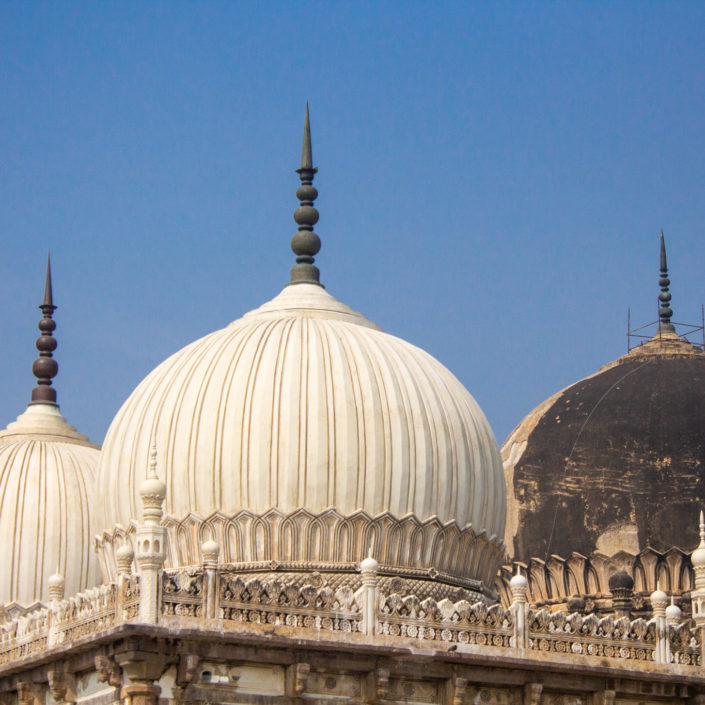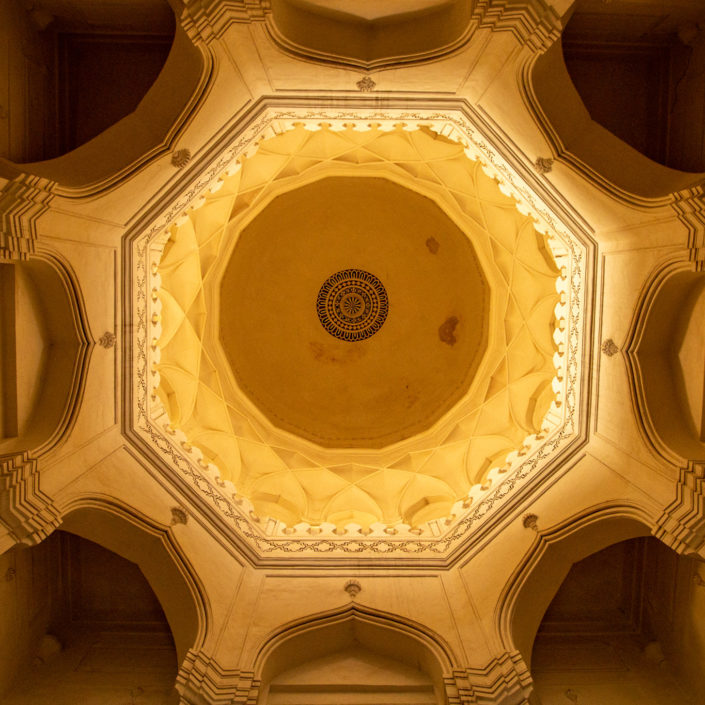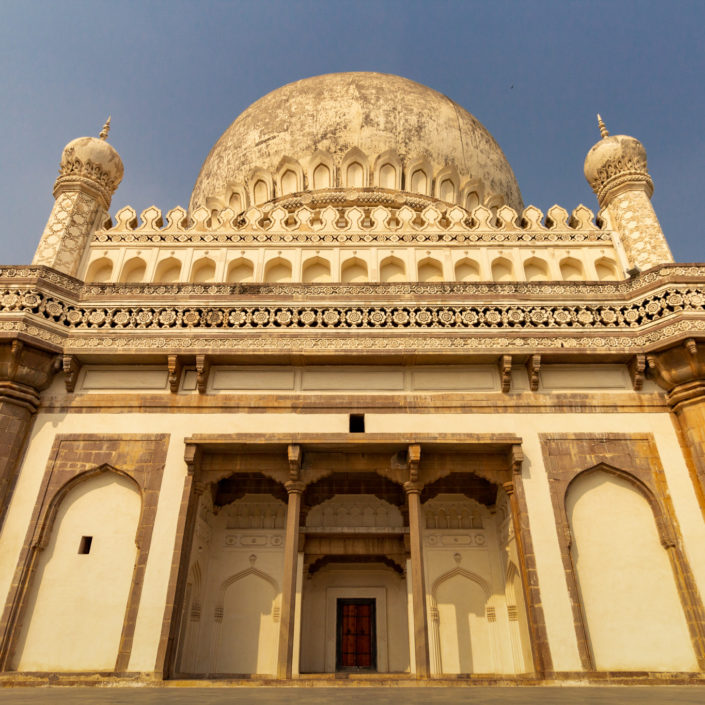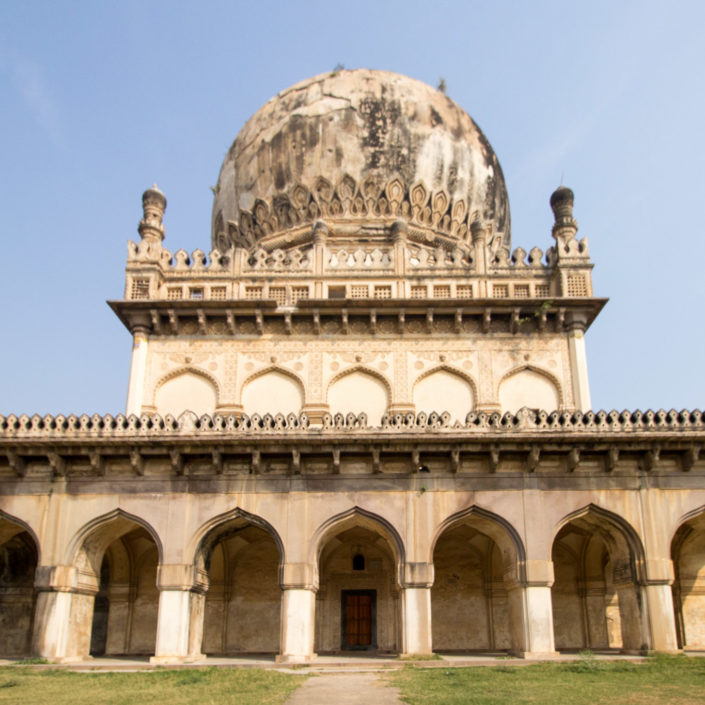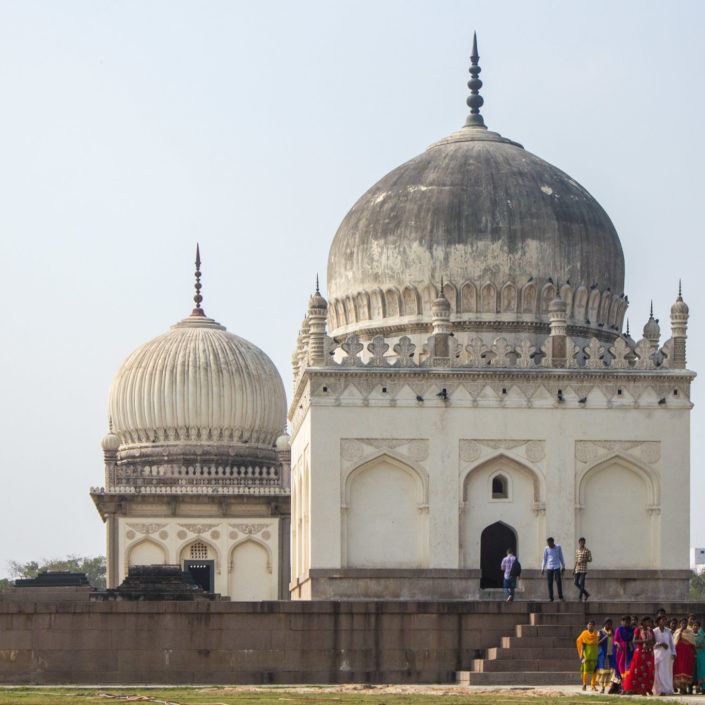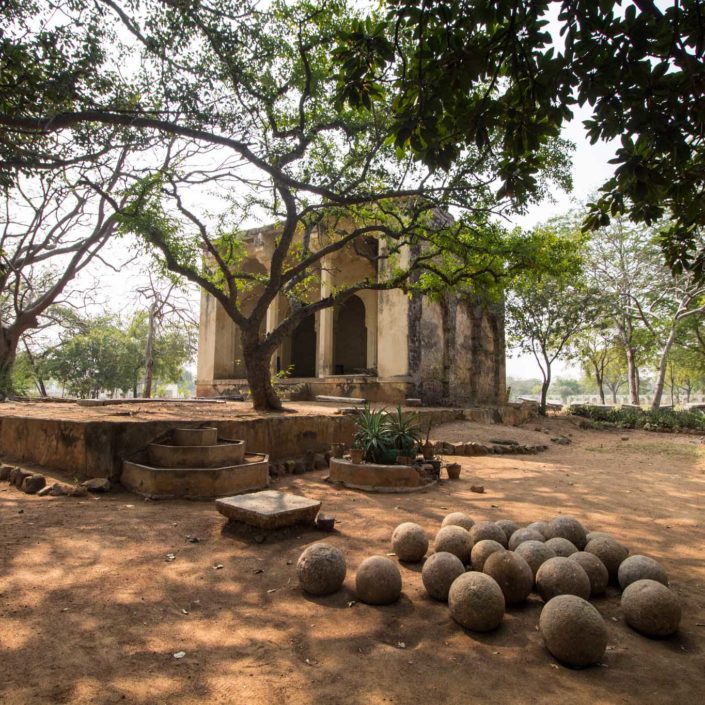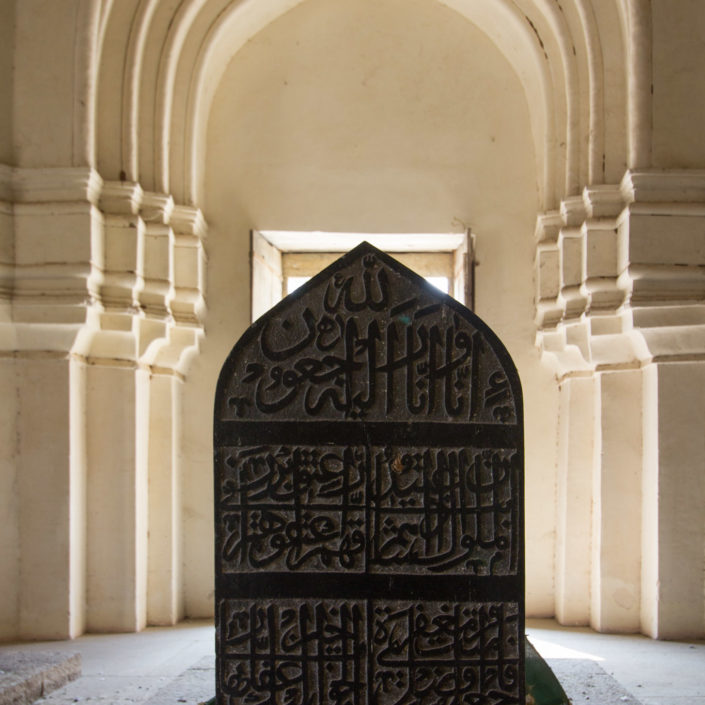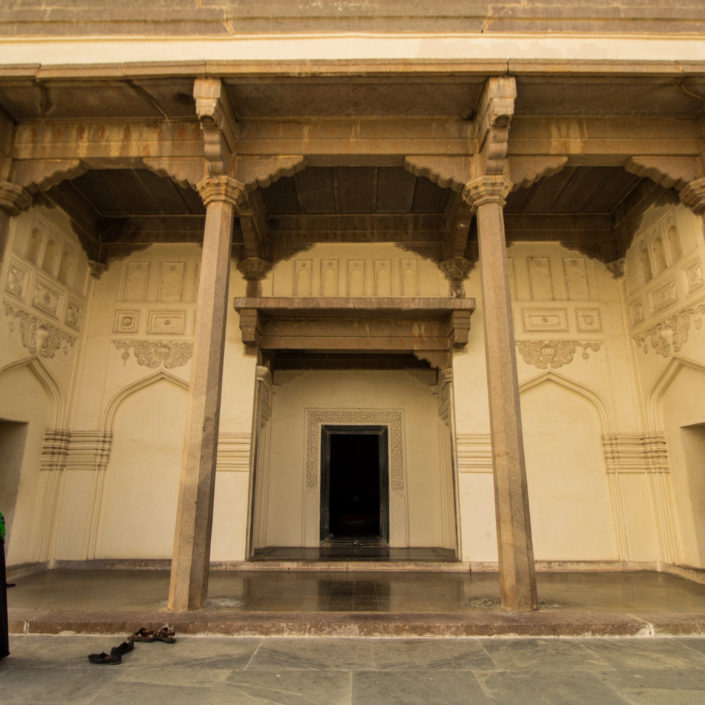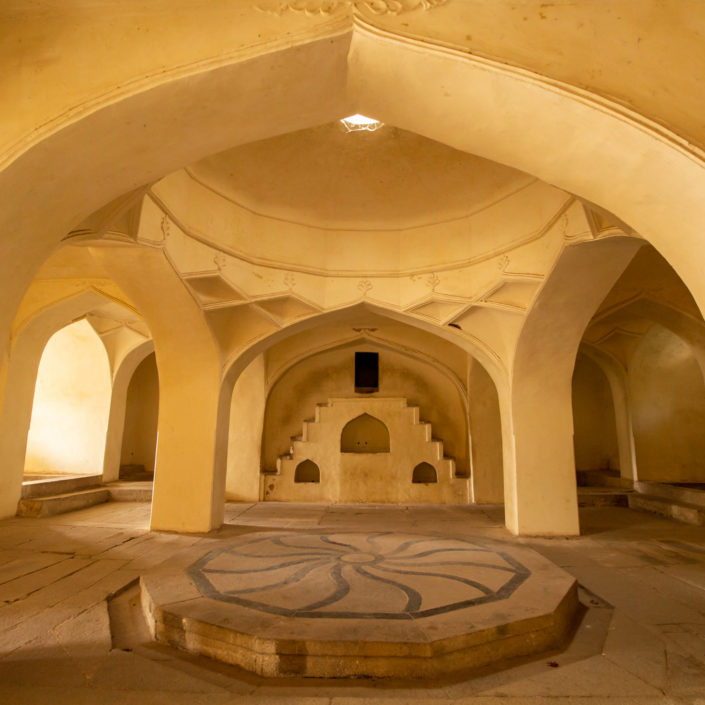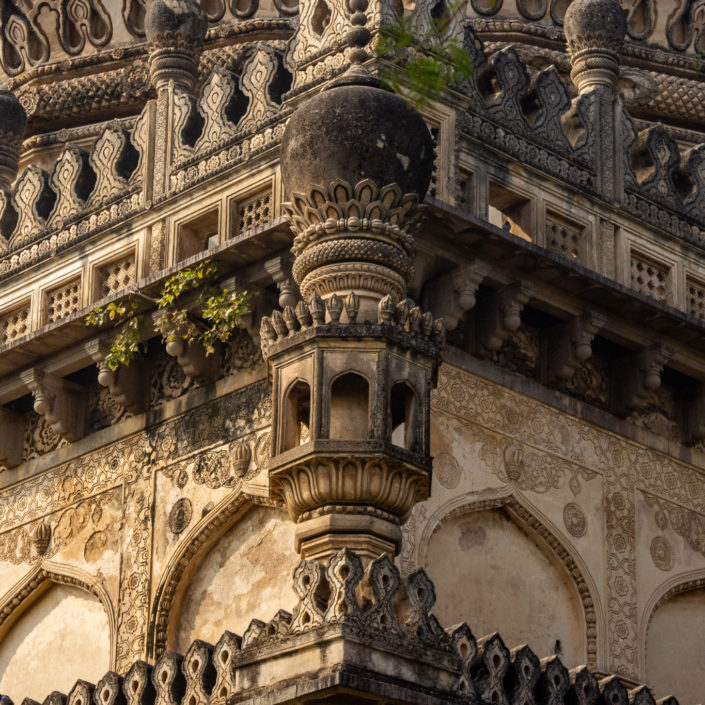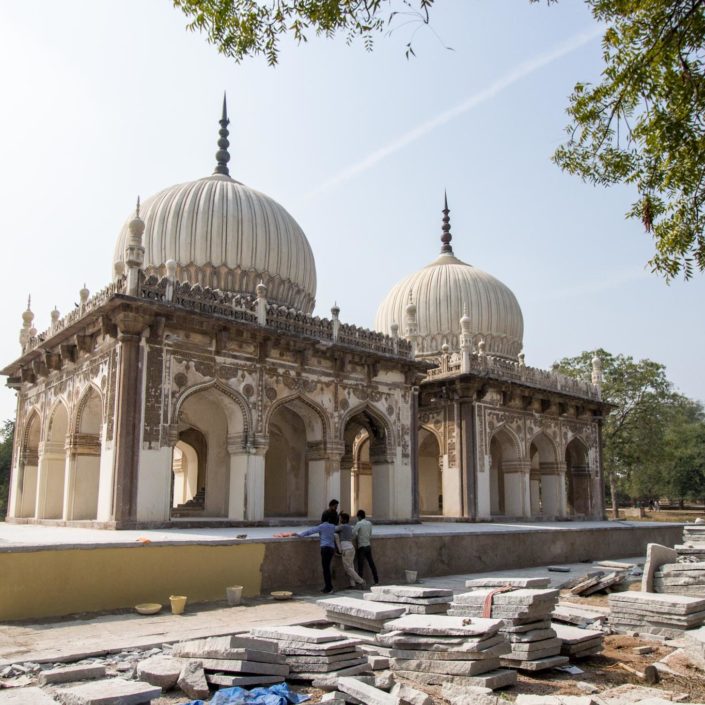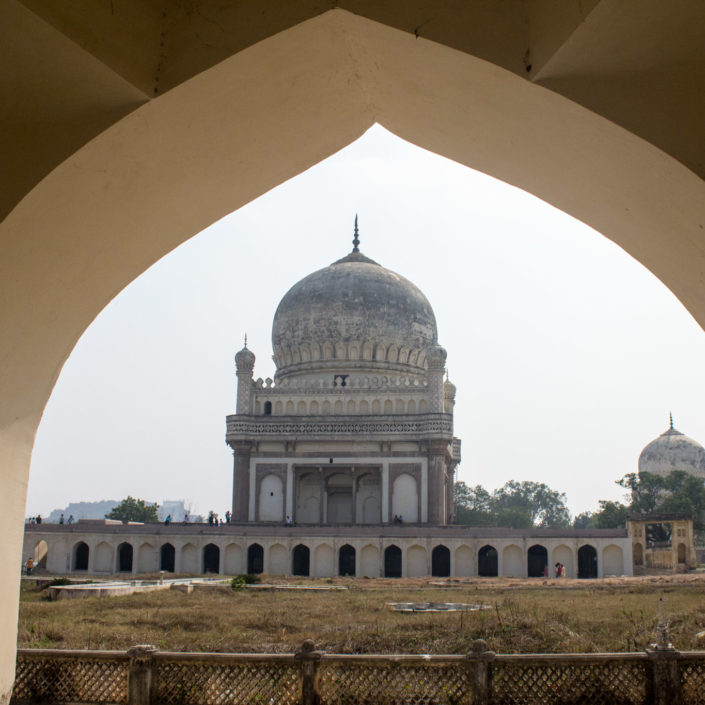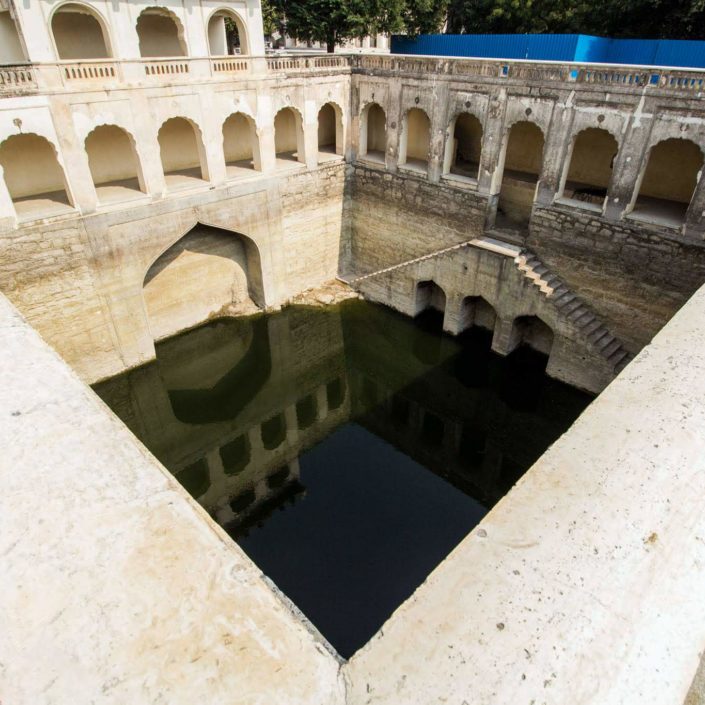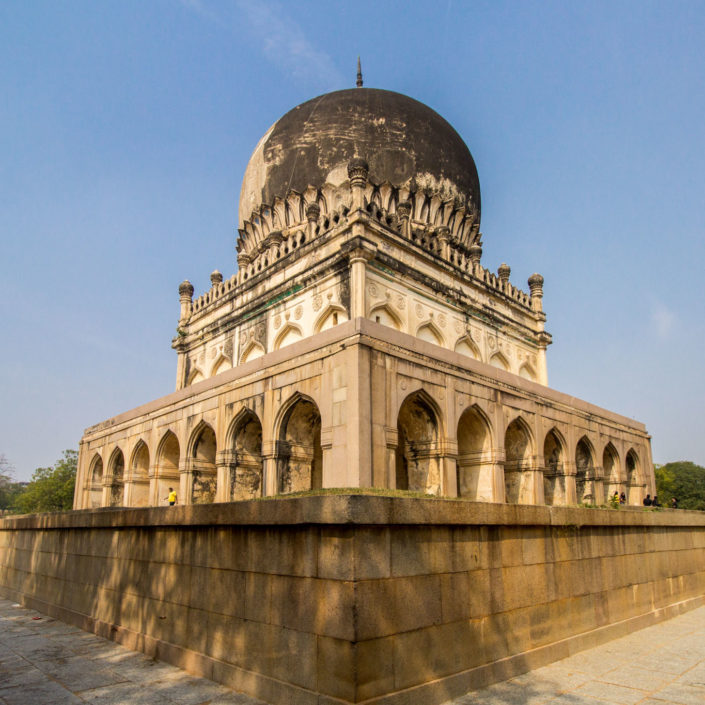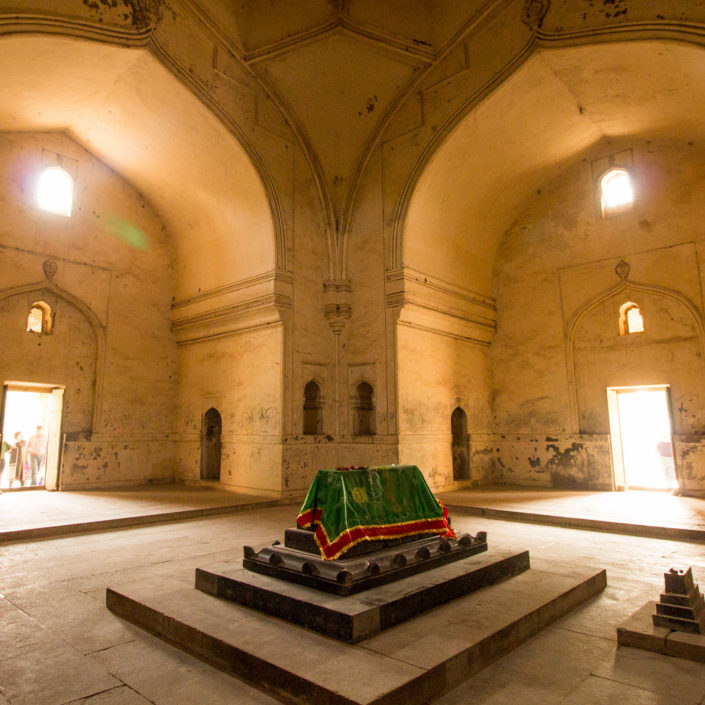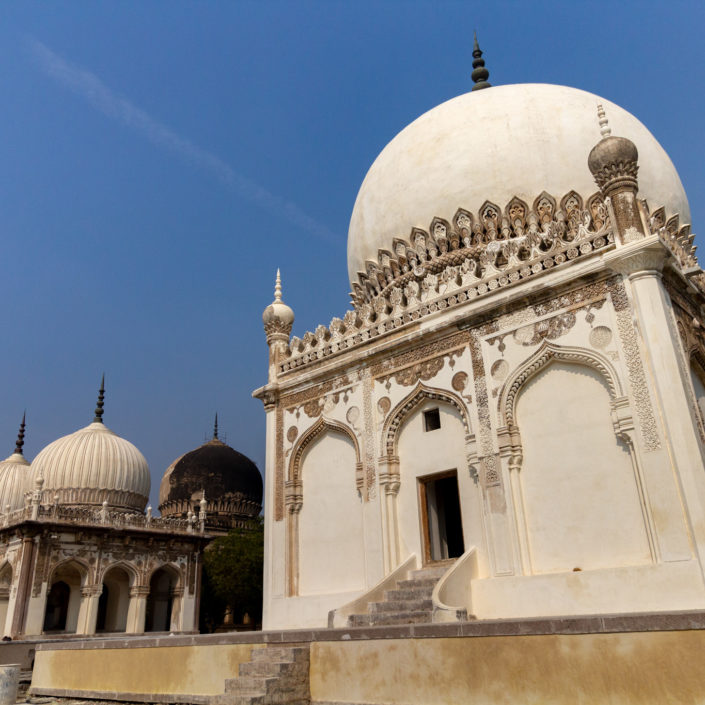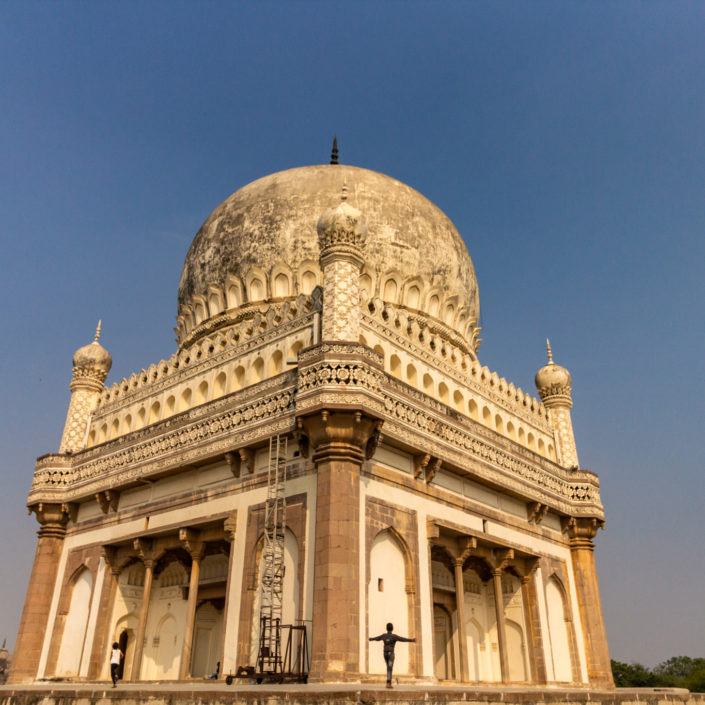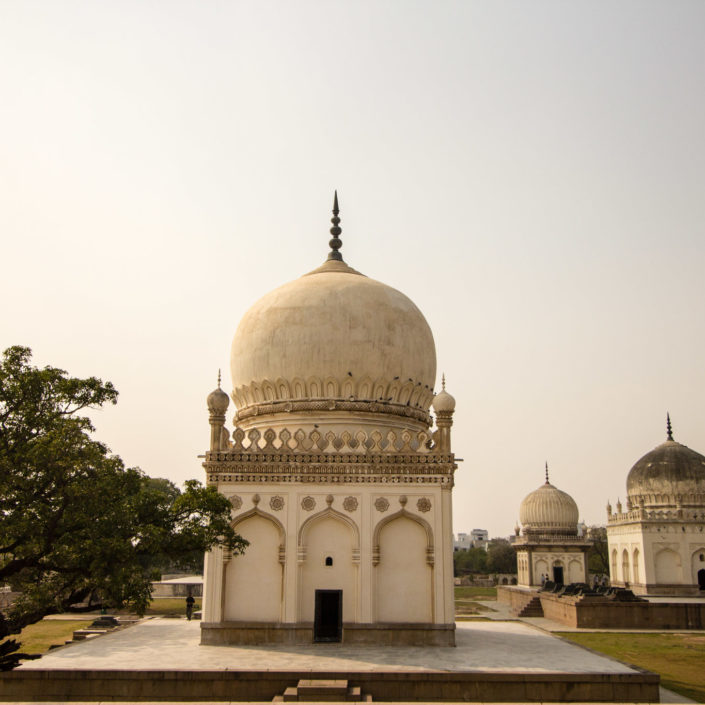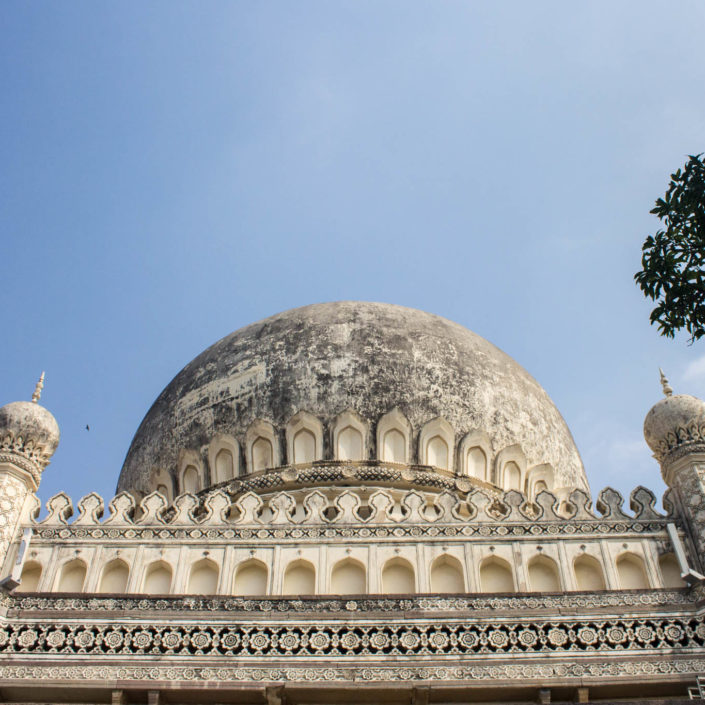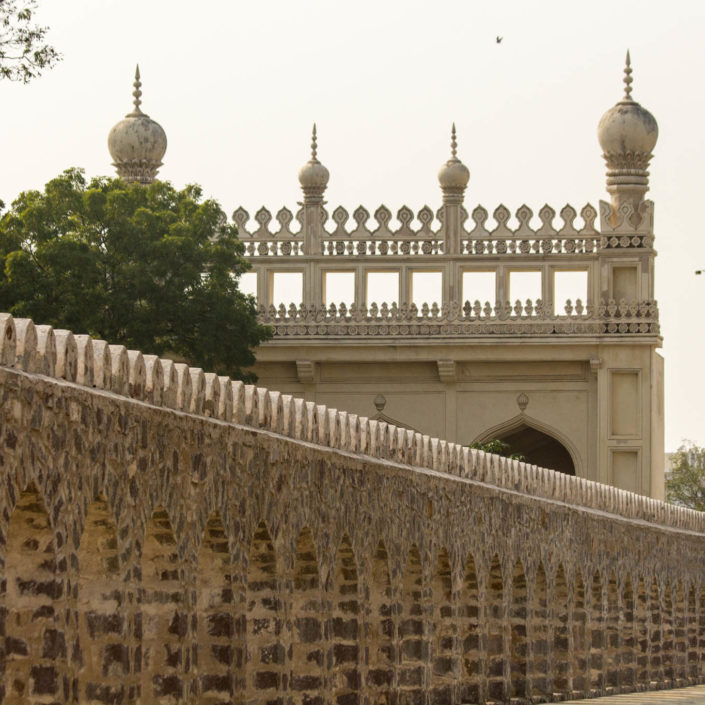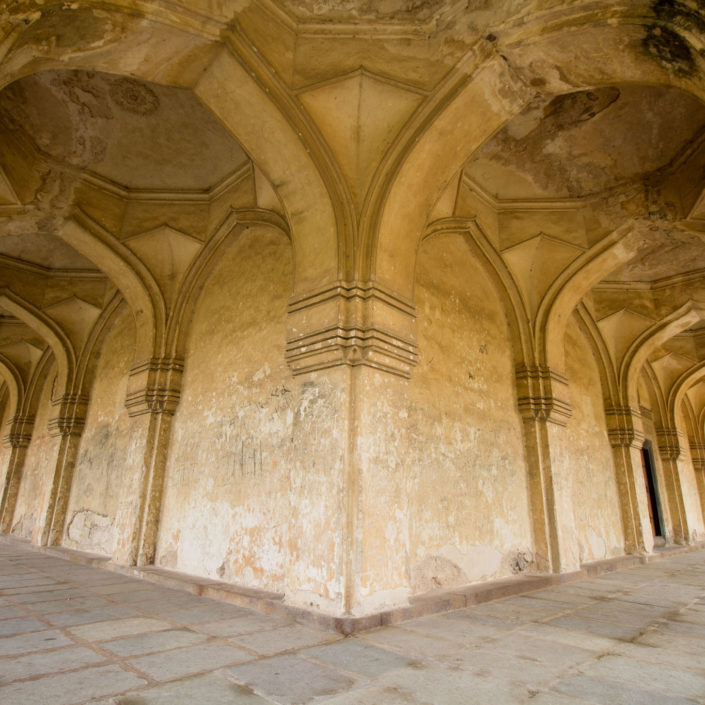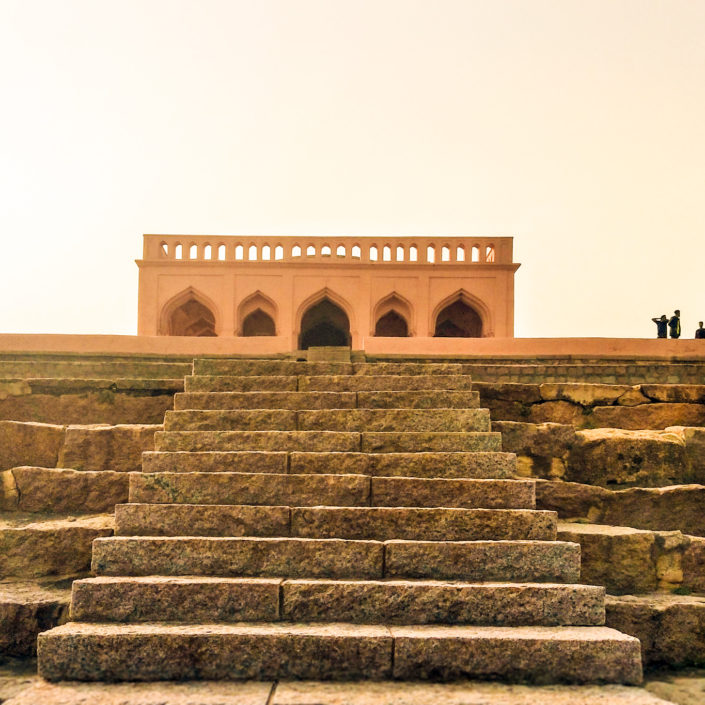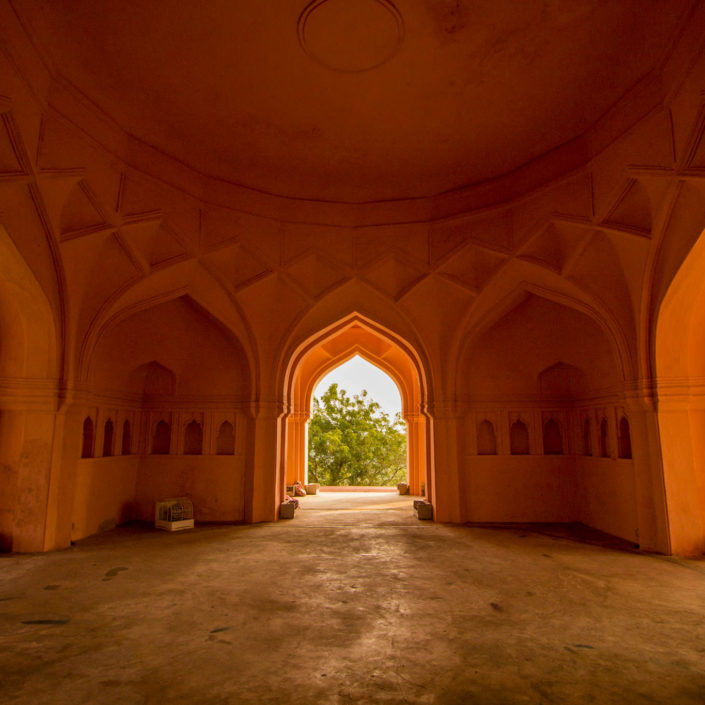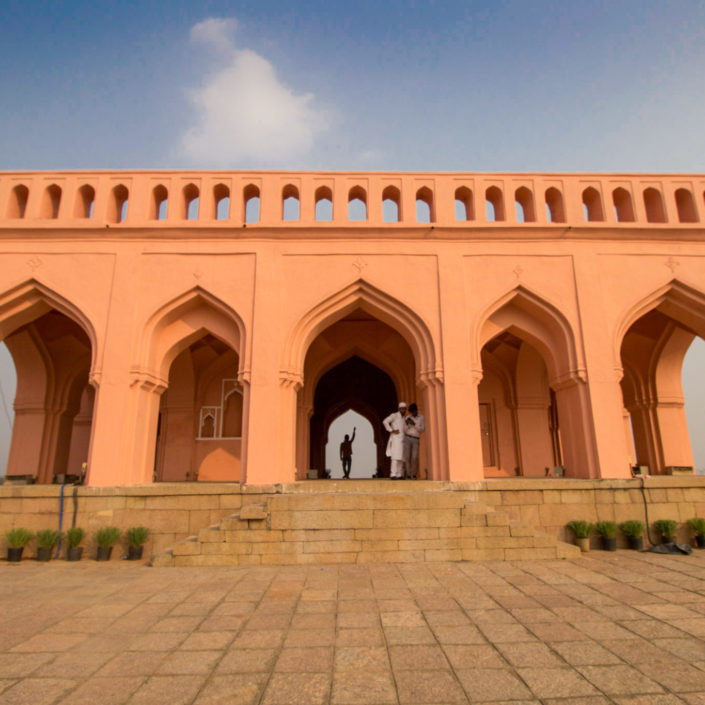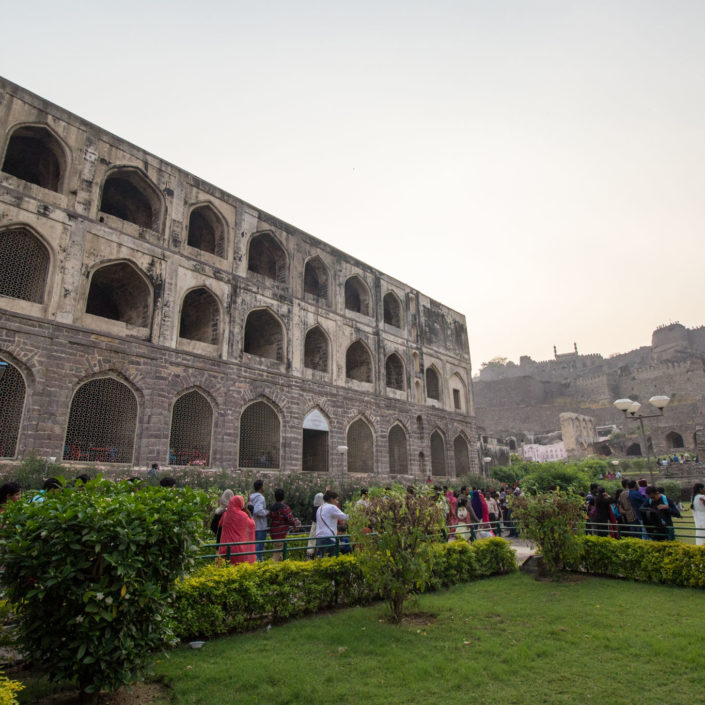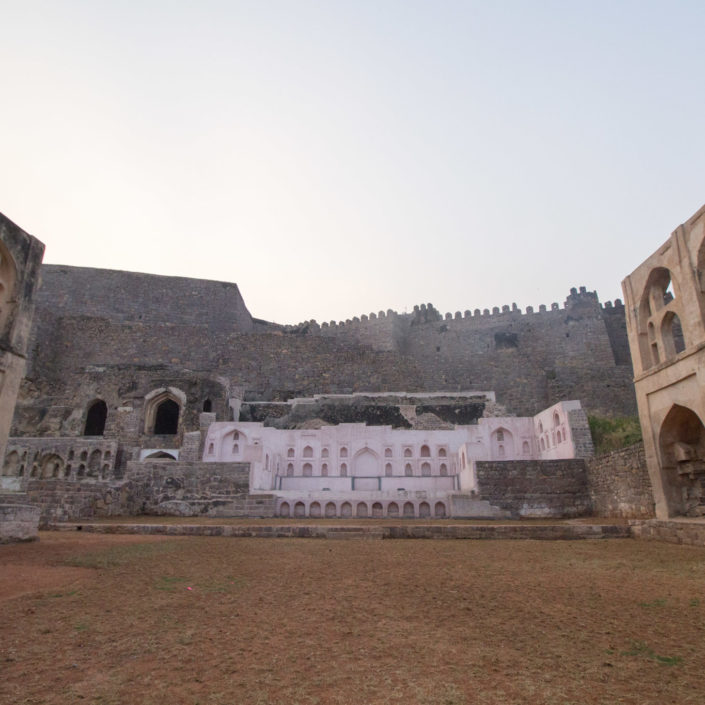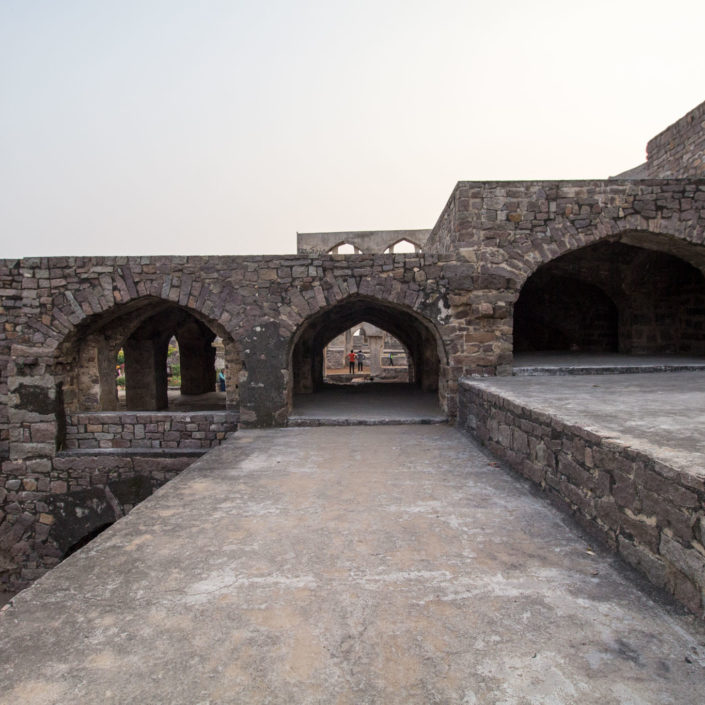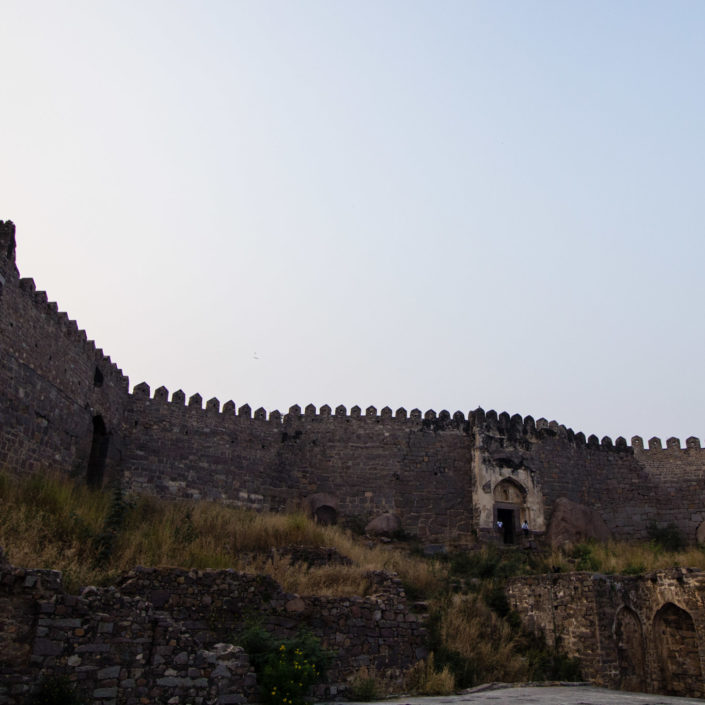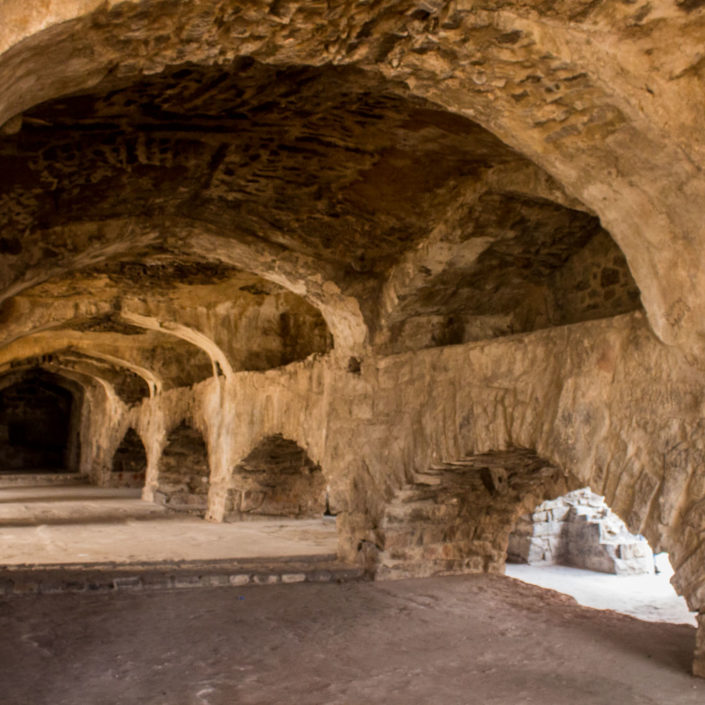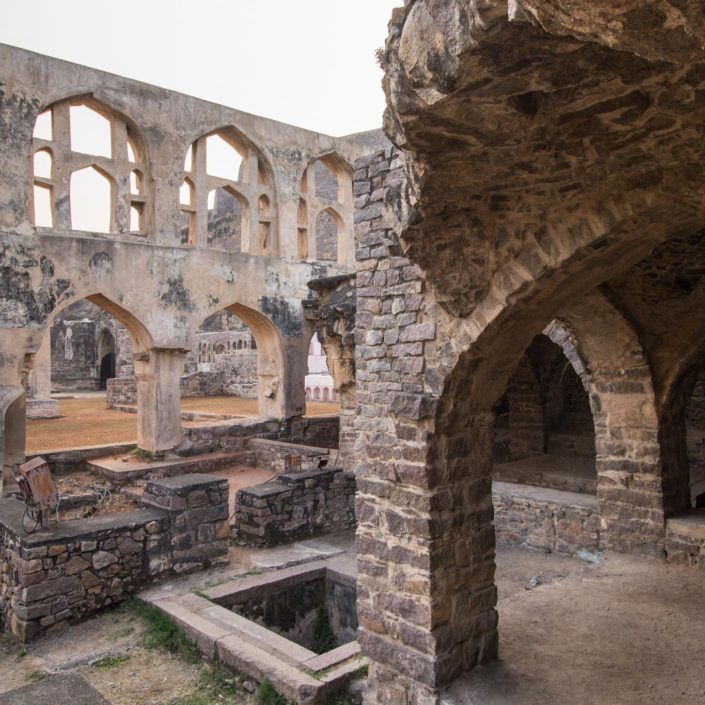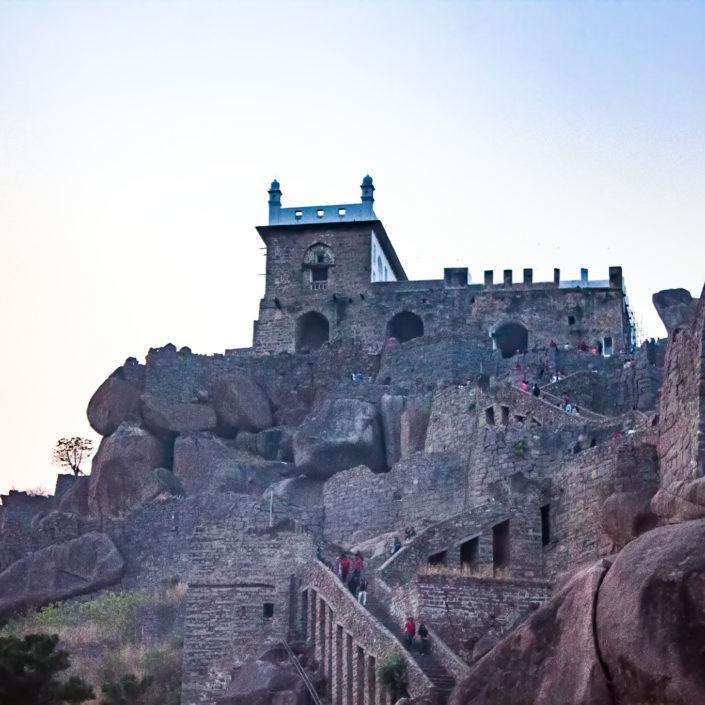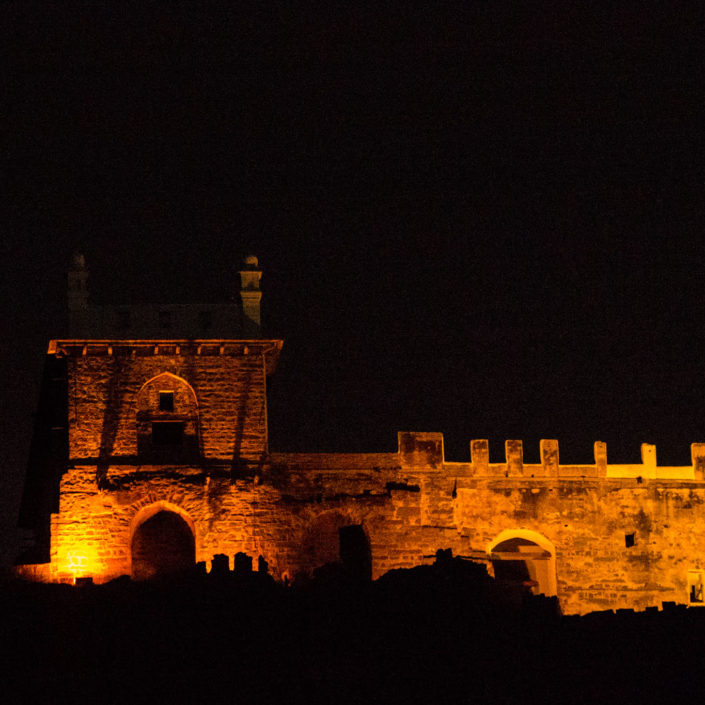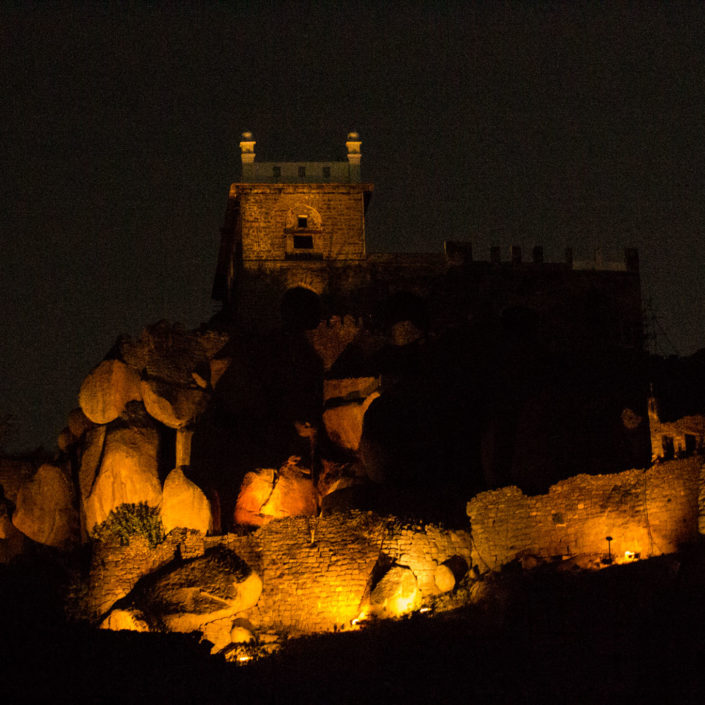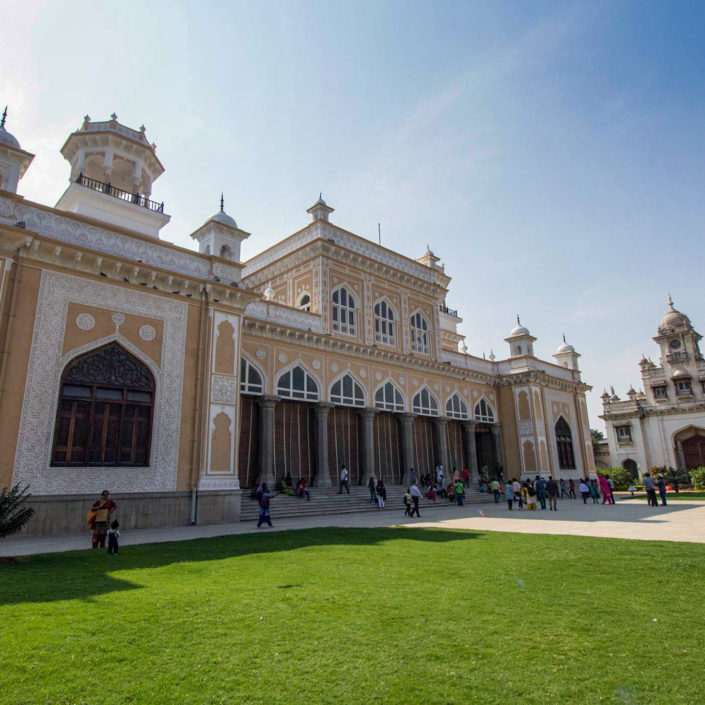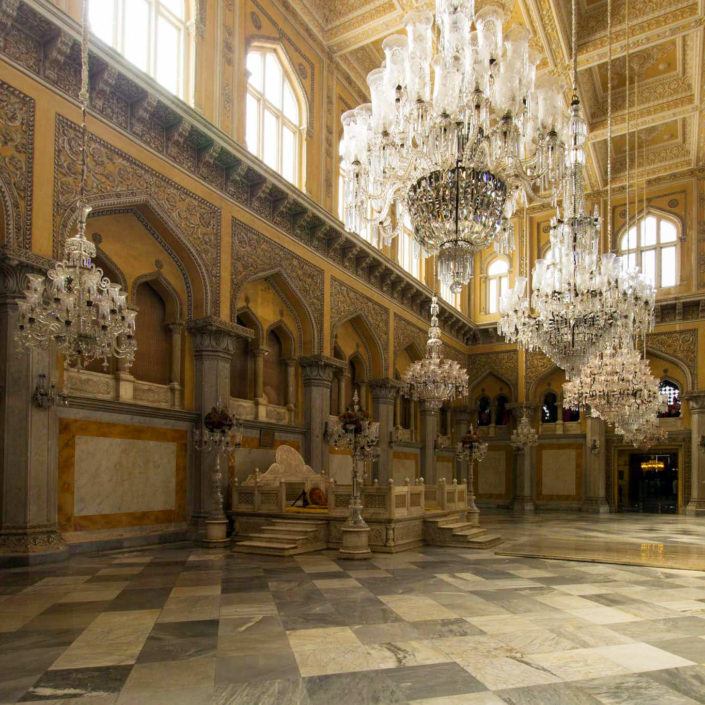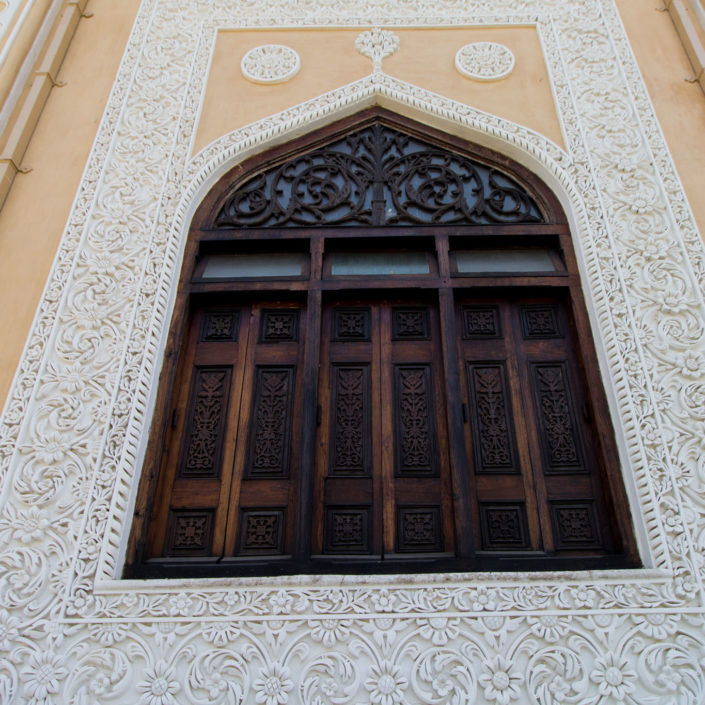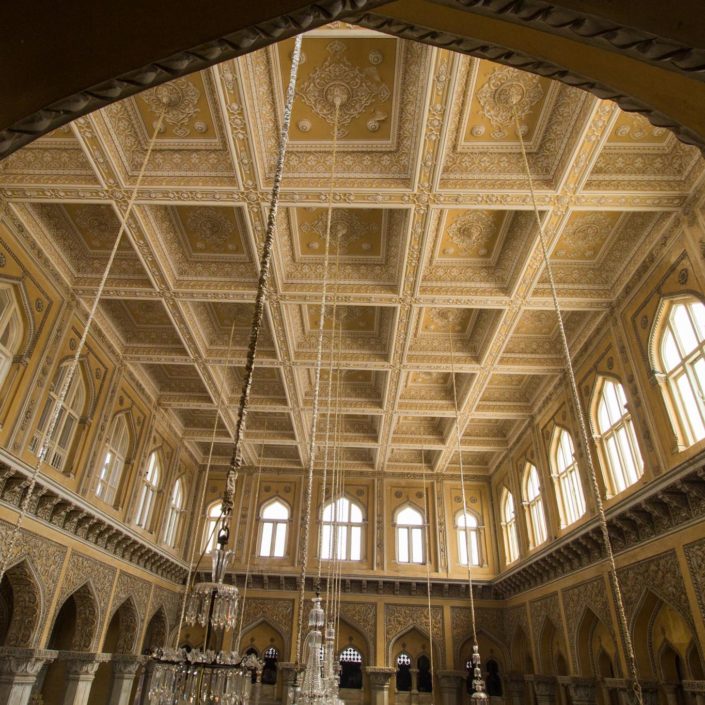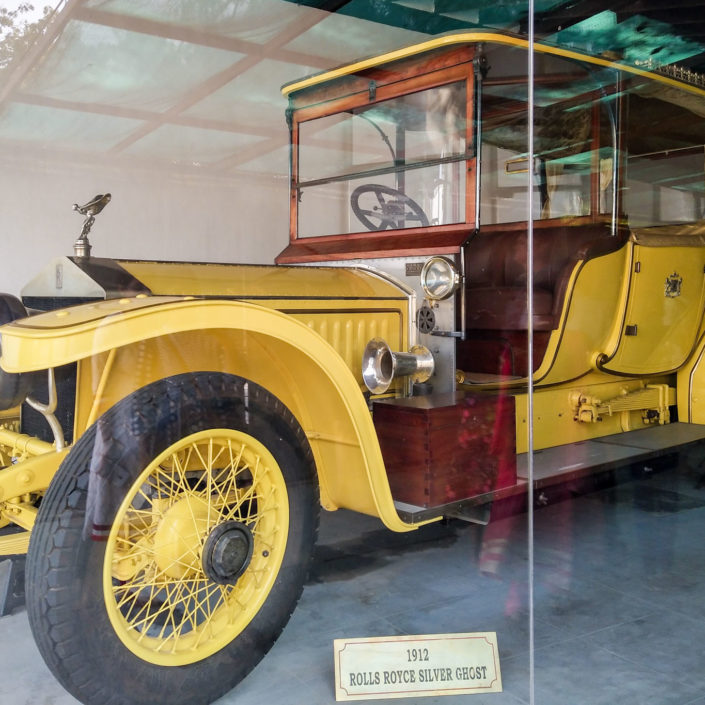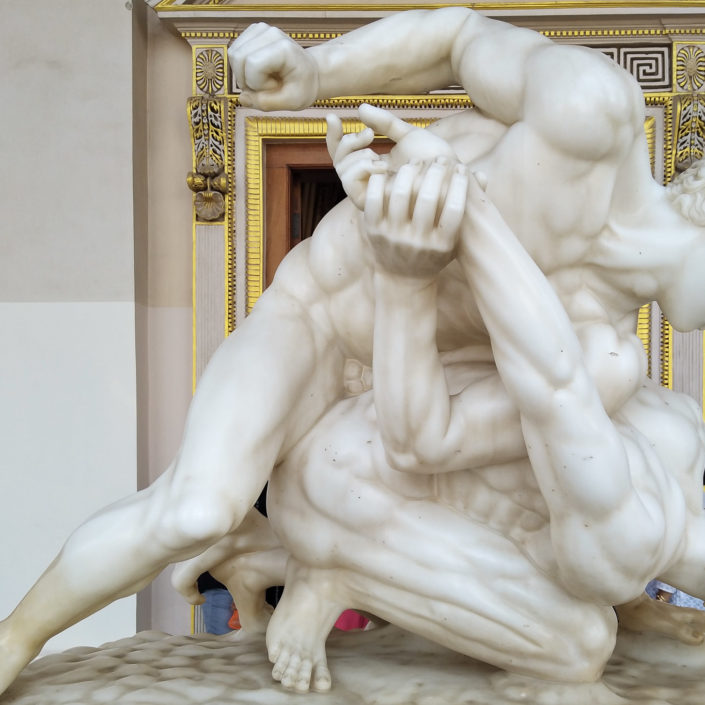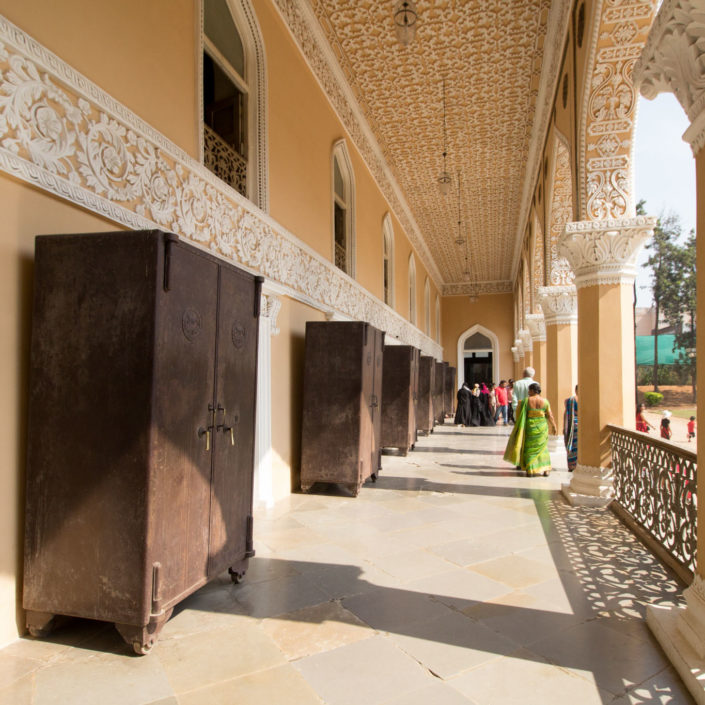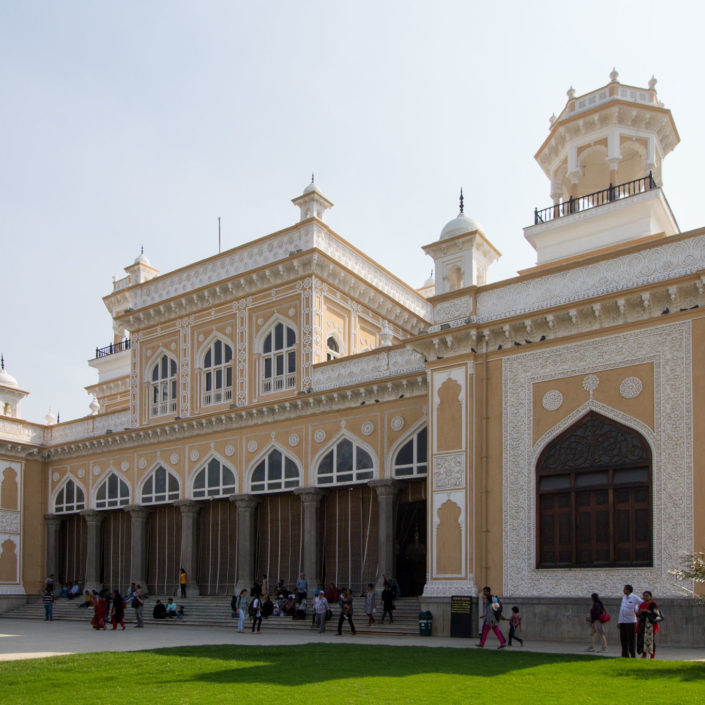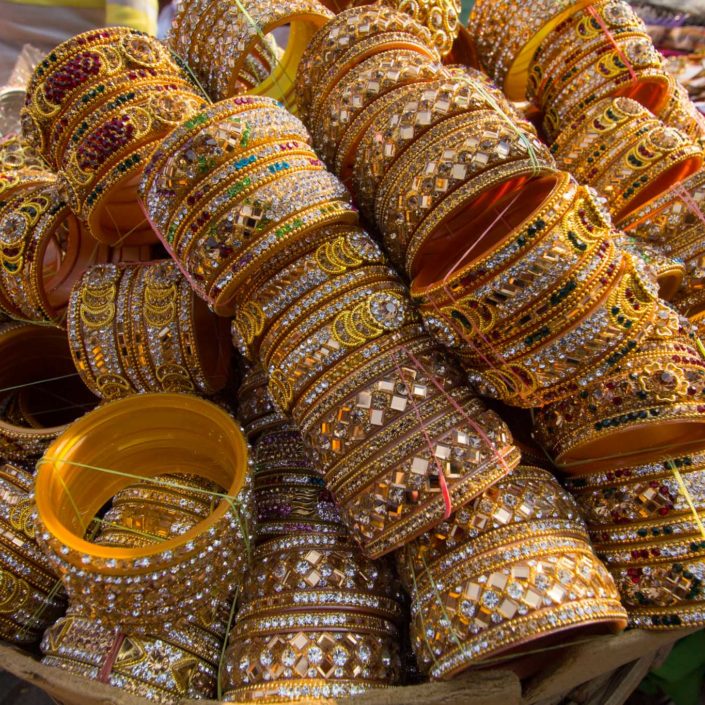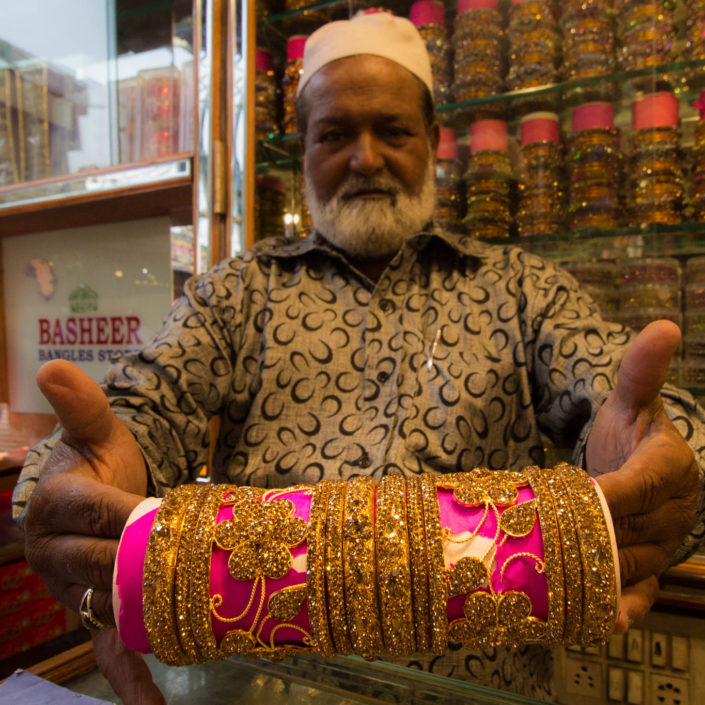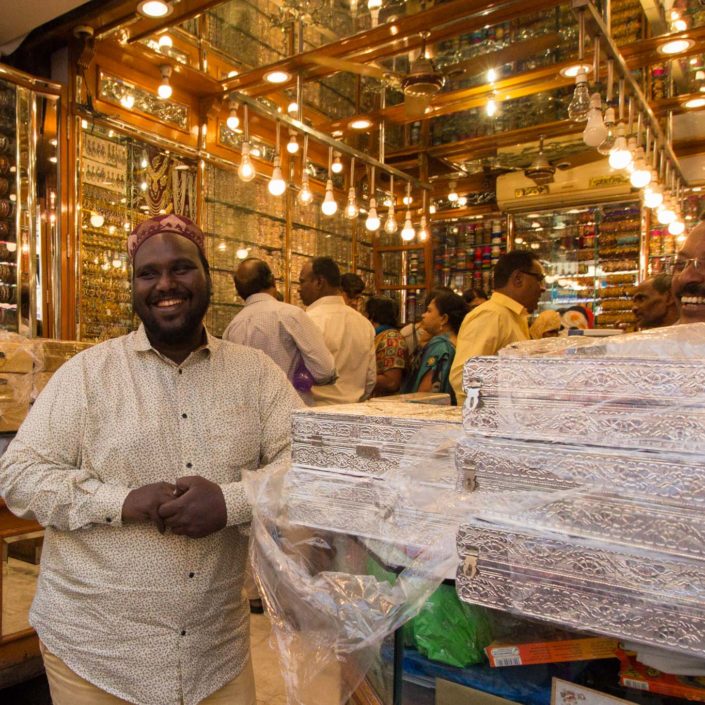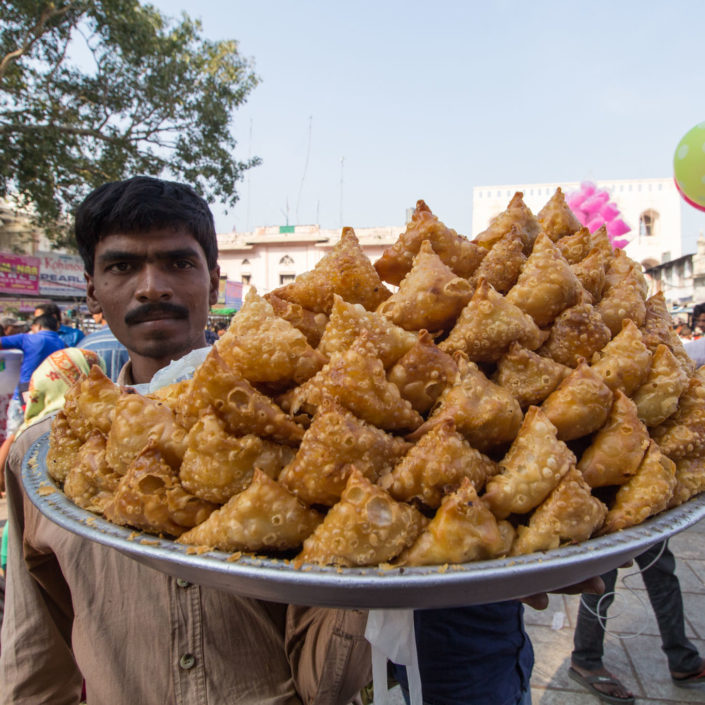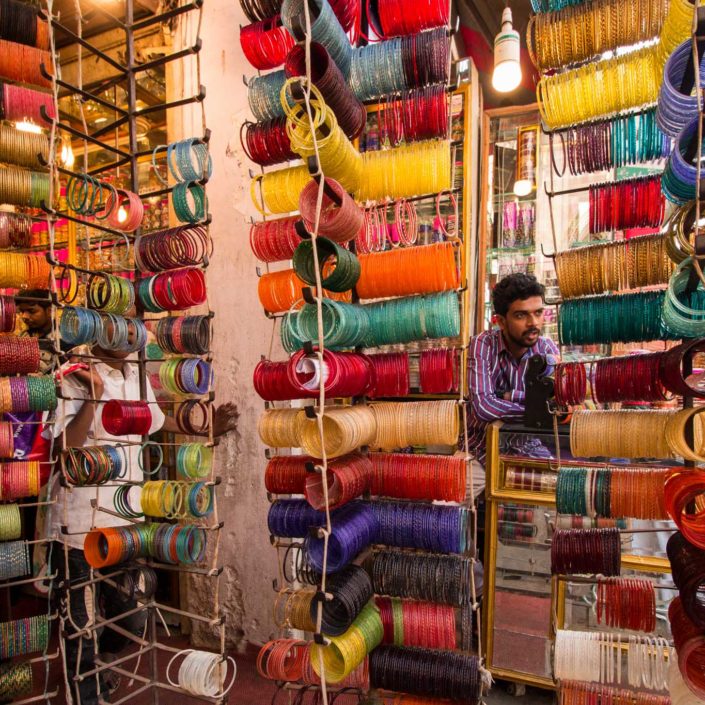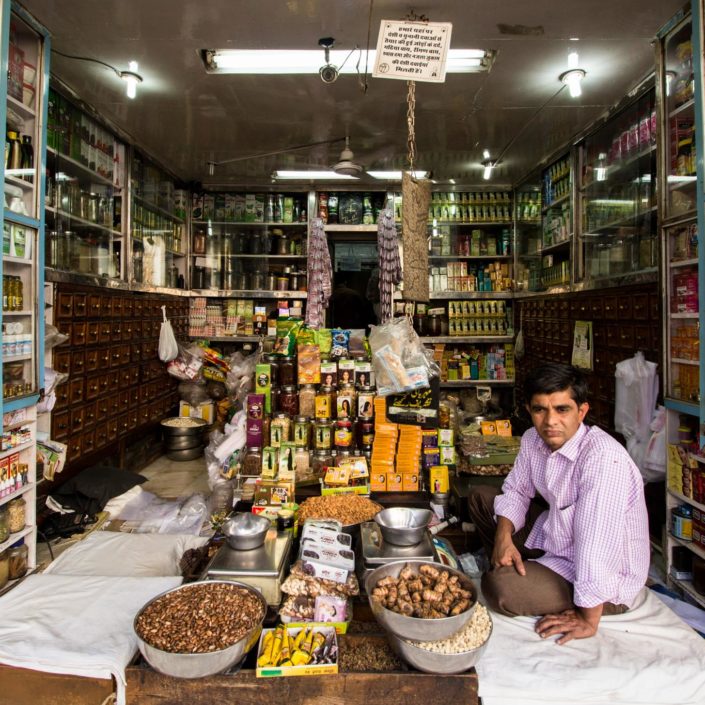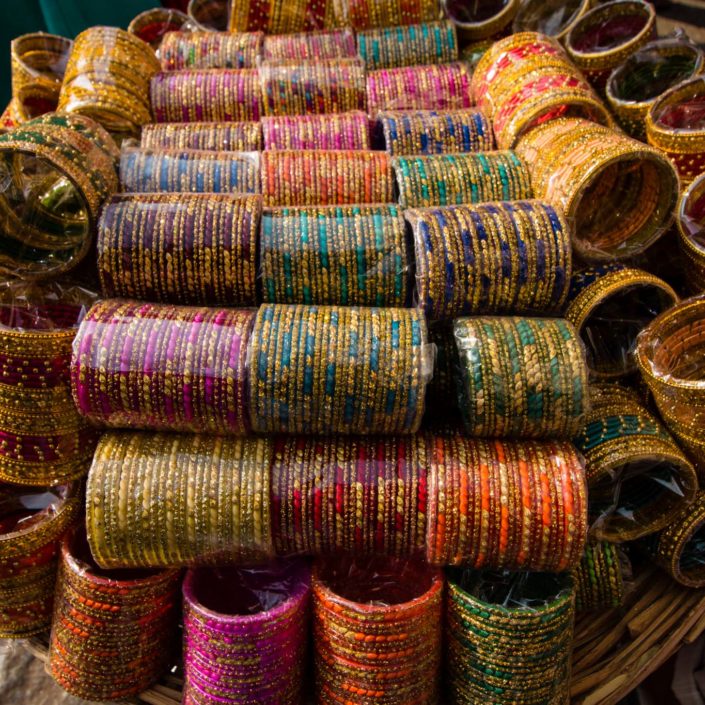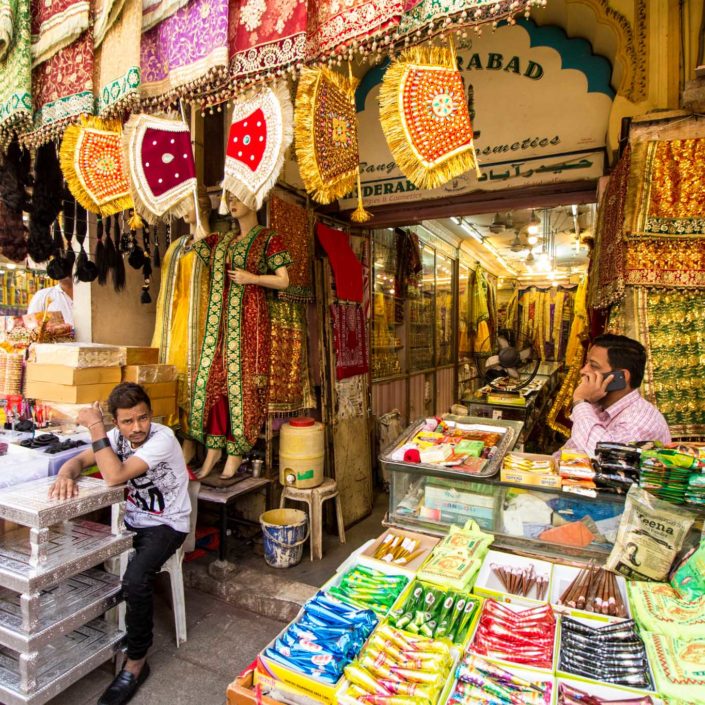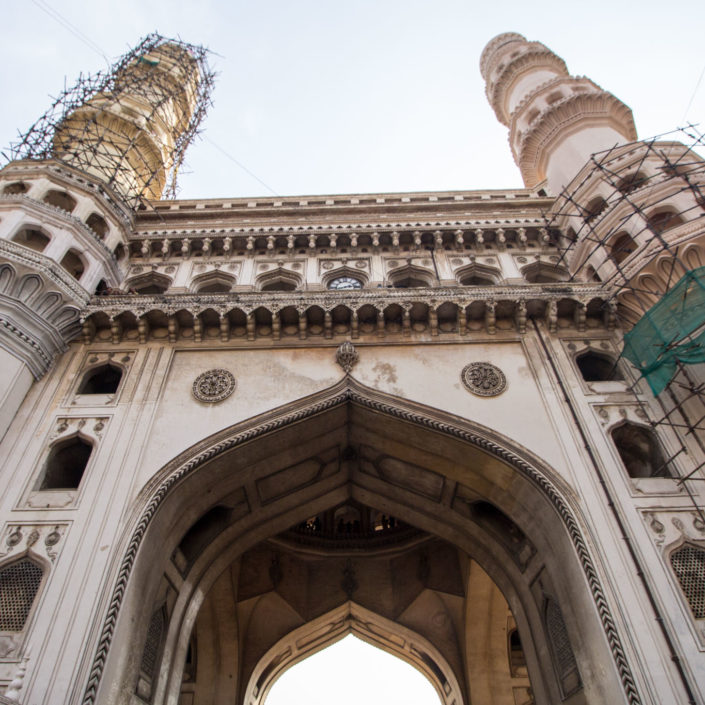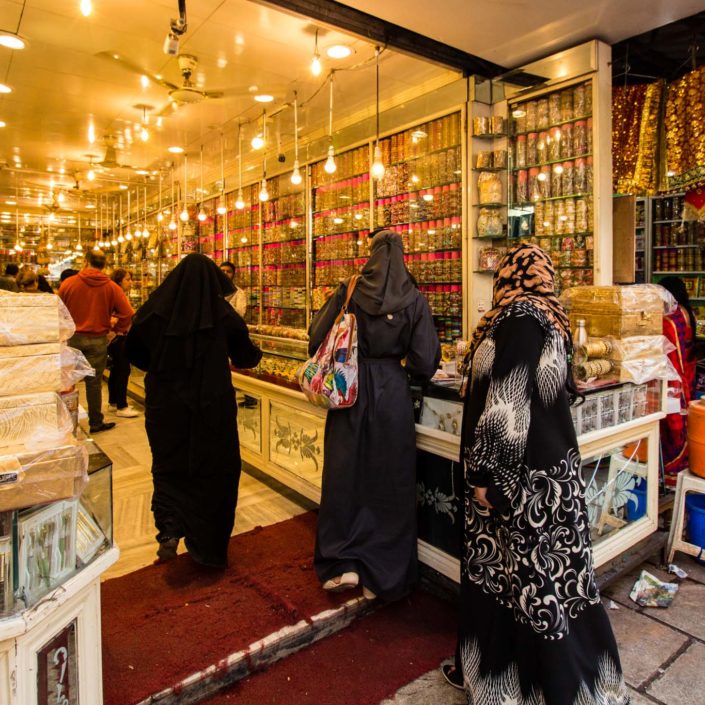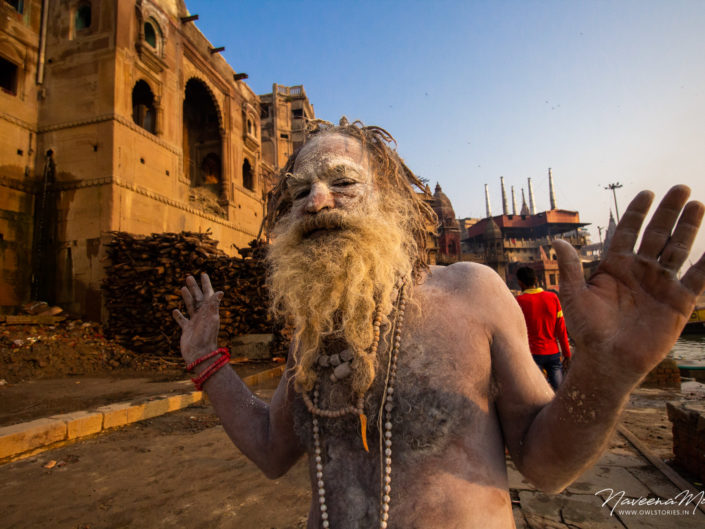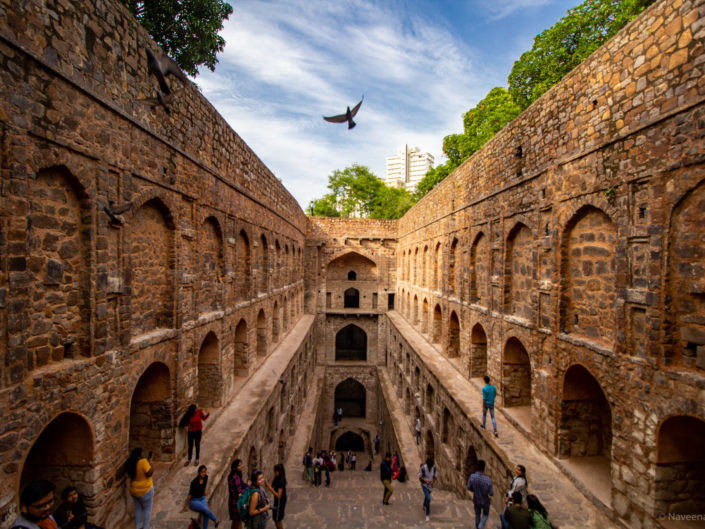-

OwlStories is a journal of events, journeys and experiences of this beautiful world by Naveena Mohan. About Me
Lorem ipsum dolor sit amet, consectetuer adipiscing elit. Aenean commodo.
Phone & Fax
Mon-Fri: 8:00-19:00,
Sat-Sun: 8:00-14:00(65)323-678-567
(65)323-678-568Address
732/21 Second Street, Manchester,
King Street,Kingston United Kingdom
places / hyderabad
Hyderabad Musings
It’s better to see something once than to hear about it a thousand times
~Bobby Jindal
Hyderabad, the luxurious metropolitan city today is the capital of Telangana state (India). Skyscrapers, swanky malls, bustling with traffic – the city roads, is just the facade of that city which has come to be known as a technology hub and sends the maximum number of software engineers to US. Deep inside is a city which has many stories of an illustrious past and grand history in the form of those royal monuments standing silently, places which narrate the episodes of valour of the rulers of yore, the grandeur with which life was celebrated and the imperial afterlife.
The Land of Nizams as the historical city of Hyderabad is known, it was founded by Mohammed Quli Qutb Shah, the 5th Qutb Shahi ruler. Located on the Musi river to the east of Golkonda, it was under the rule of Qutb Shahi dynasty for over a century. Constantly in conflict with the Mughals, finally the reigns of power passed on to the hands of the Mughals when Mughal emperor Aurangzeb conquered the Deccan. It was later when the Mughal viceroy Asif Jha declared ascendancy to the throne in Hyderabad, he created his own dynasty – the Nizams of Hyderabad. Once the largest and most prosperous among all the princely states of India, Hyderabad came to be ruled by seven nizams for two centuries.
It is under the royal patronage of the Qutb Shahi as well as the Nizami rule that art, architecture, literature and culture proliferated and even today we have the remnants of the relics illustriously dotting the landscape of old Hyderabad. The distinctive cuisine they introduced centuries ago is popular world over. It is to explore this quiddity one loves to travel to this land. The memoirs of this visit and the heritage walks within a limited period of time to some of the most splendid monuments could only be brought back with a few images captured through the lens.
Qutb Shahi
Heritage Park
Monuments are the grappling-irons that bind one generation to another
Joseph Joubert
A wealth of artistic heritage, this necropolis of the Qutb Shahi dynasty is spread over a massive area of 106 acres of land on one side of the foothills of Golkonda fort. Currently under a huge restoration process, this complex houses mammoth mausoleums, mosques, step-wells, mortuary bath and attractive garden-scape. One can always understand the monarchial lifestyle while the kings ruled their kingdom but a walk inside the park and visit to these architectural marvels leaves the visitor wondering about the regal afterlife of the royal Qutb Shahi family. The monuments stand on the wide and clear raised platforms, under the vast blue skies. Profusely embellished with lime stucco work, the structures are built in granite. Huge domes, intricate plasterwork and glazed tiles are the features of some of the monuments found here. The fine flavour of Indo-Islamic architecture with a fragrance of Persian as well as Pathan styles makes these monuments eye-catching. This heritage park is presently nominated to the tentative world heritage list.
Taramati Baradari
Every past has a story to tell, in this case, a song.
This historical structure almost goes unnoticed with the plush complex that has risen shrouding the path to this blissful pavilion of the yore. Located at close proximity to Golkonda fort, Taramati Baradari was constructed during the reign of the fourth Qutb Shahi ruler but the name of this Sarai is attributed to the seventh sultan of the Qutb Shah dynasty. Standing elegantly on a hillock approachable by a flight of stairs, with a 360-degree view of the city around, it was here that the travellers would break their journey and rest. This open pavilion with 12 doorways is said to have been constructed with great indigenous acoustics. It is believed that the courtesan Taramati would sing songs for the travellers at this pavilion and her lilting voice would be carried by the cool evening breeze towards the fort where the sultan would enjoy listening to it. As an ode to her, it is believed that the Sarai was named Taramati Baradari.
Golkonda Fort
A fort of stones, the precious ones, in its times.
Now, a mere shadow of a citadel which was known to be of scientifically sound acoustics, Golkonda Fort is an important landmark of Hyderabad. Built by the Kakatiyas, the fort was built on the granite hill. The importance of this prime citadel can be understood by the number of dynasties that gained control of the fort and ruled the kingdom. The Musunuri Nayaks took charge of the citadel from the Tughlaqi rulers of Warangal. The Bahamani sultanate grabbed this seat of power later and the fort again rose to prominence. The prosperous kingdom of this region was known for its rich mines which have given precious stones and gems like Nassak, Hope diamonds and was once the abode of the most popular Koh-i-Noor diamond. It is believed that Golkonda was the market city of gems and diamond trade that were extracted from the mines around the city. Ultimately the Qutb Shahi dynasty established their supremacy in this part of the kingdom and ruled out of Golkonda. Over a few decades, this mud fort had risen to a strong and indomitable fortress with granite walls but fell into ruins when it was constantly besieged by the army led by Mughal emperor Aurangzeb.
Yet another archaeological treasure this fort is spread across an 11 km area. Some of the main features of this fort are – Fateh Darwaza, some of the remnants of the semi-circular bastions, the gigantic fort walls, mosques, temples, durbar hall, stables albeit in ruins with the excellent water system and ventilation plans.
Chowmahalla Palace
No matter who ruled, they all had a flair.
A resplendent heritage property of the Nizams of Hyderabad, Chowmahalla palace construction initiated by Salabat Jung in 1750 A.D, was the centre or the seat of Asaf Jahi dynasty. It is believed to have been completed by Afzal-ad-Dawlah, Asaf Jah V between 1857-1869. The grandeur of this restored palace is to be seen to be believed. Located in the middle of the heavily populated locality of Hyderabad, the huge doors at the main entrance opens to a rich world of elegance and splendour of four palaces. The pompous durbar hall where the ceremonial functions like accession of the Nizams, the receptions for the governor generals were held is extraordinarily decorated with Belgian crystal chandeliers, marble pillars and arches. The never-ending connecting courtyards, the vintage cars gallery, the galleries of textile and original photographs of the Nizam dynasty, the clock tower and the perfectly maintained garden-scape with fountains inside the sprawling palace complex – all grab the attention of the visitors.
Charminar and Laad Bazaar
An icon for the city and of the city
Charminar: Unrivalled structure that occupies the top position on the list of most recognised monuments in India, Charminar was constructed by the fifth ruler of the Qutb Shah dynasty, Mohammed Quli Qutb Shah in 1591. The city spread around the structure of Charminar which incidentally stands right in the middle of the intersection of the popular trade route of Golkonda markets and the port city of Machilipatnam. The four minars (Charminar) integrated into the main structure which is made of limestone, granite, mortar fine marble powder, is a mosque constructed with 4 grand arches facing the four streets.
Laad Bazaar: One of the most popular bazaars in the old city of Hyderabad is the Bangle bazaar famously known as Laad or the choodi bazaar. One of the 4 main streets of bazaars that leads to Charminar is this ancient Laad bazaar which is extremely popular for the lac bangles studded with artificial diamonds and semi-precious stones. Yet another Qutb Shahi era markets, it has various colourful shops not just stacked with bangles but also jewellery, silverware, glittery costumes, fabrics and much more. The smiling shopkeepers are more than willing to let the visitors try the bangles or the jewellery. The bustling market is a street photographer’s delight.
